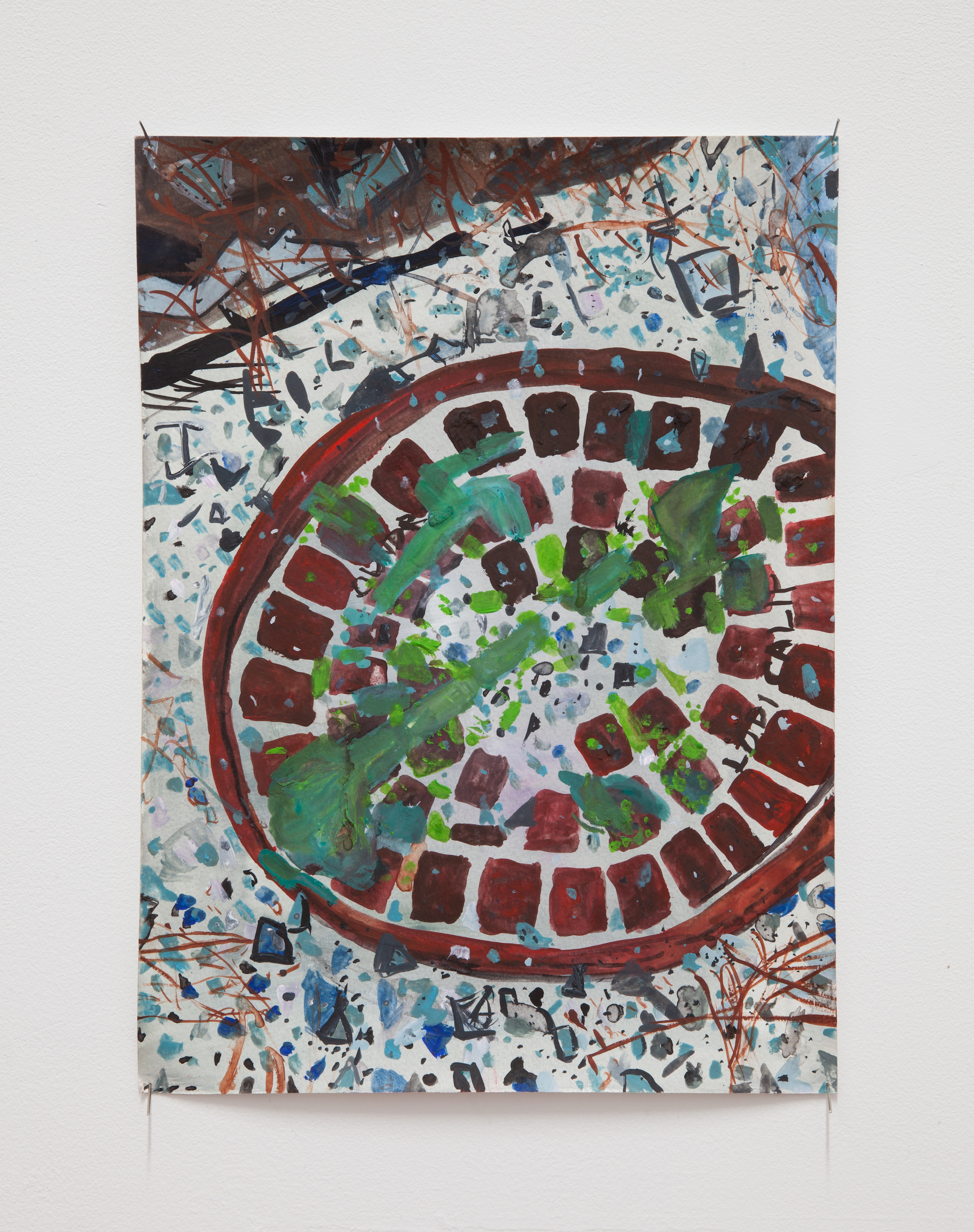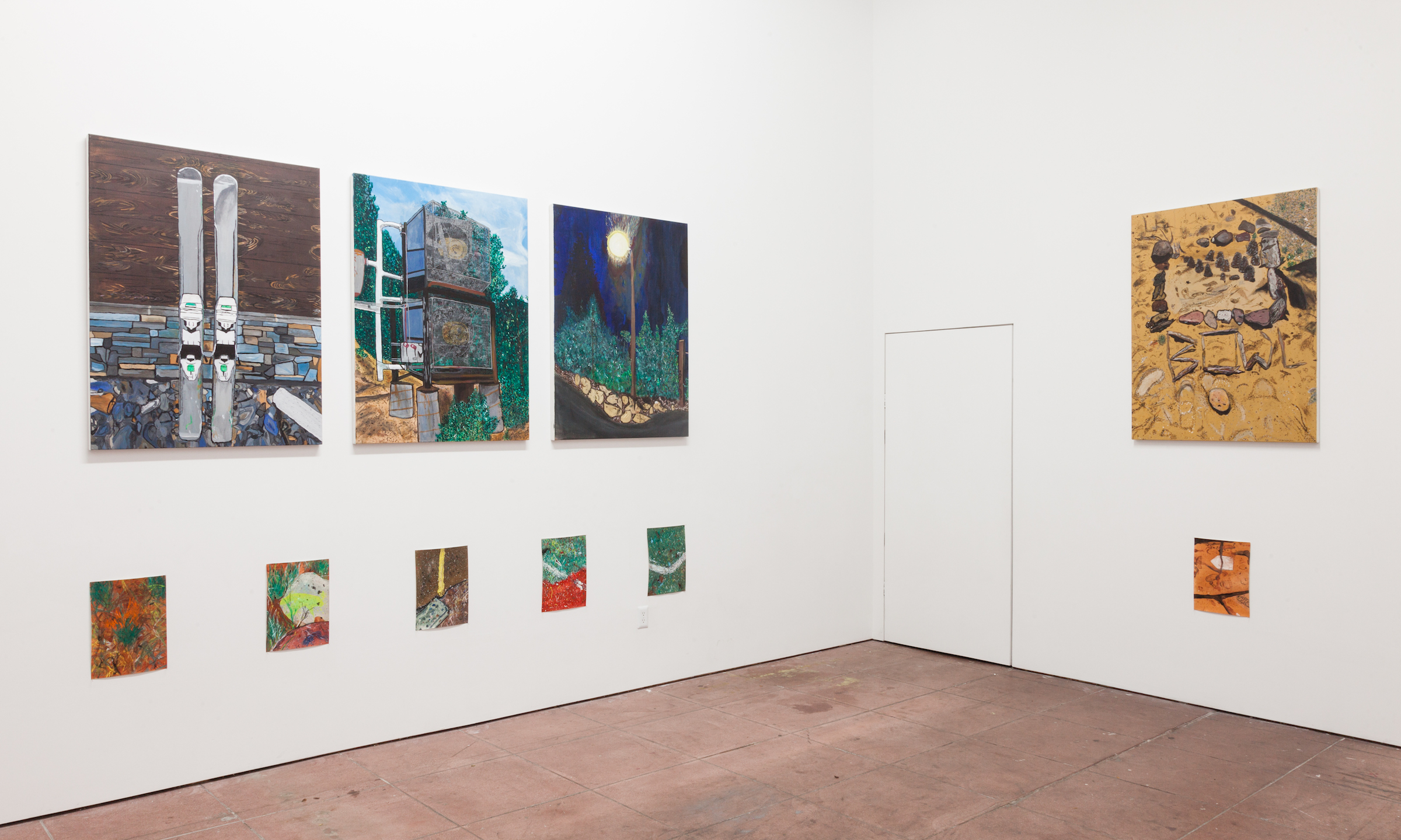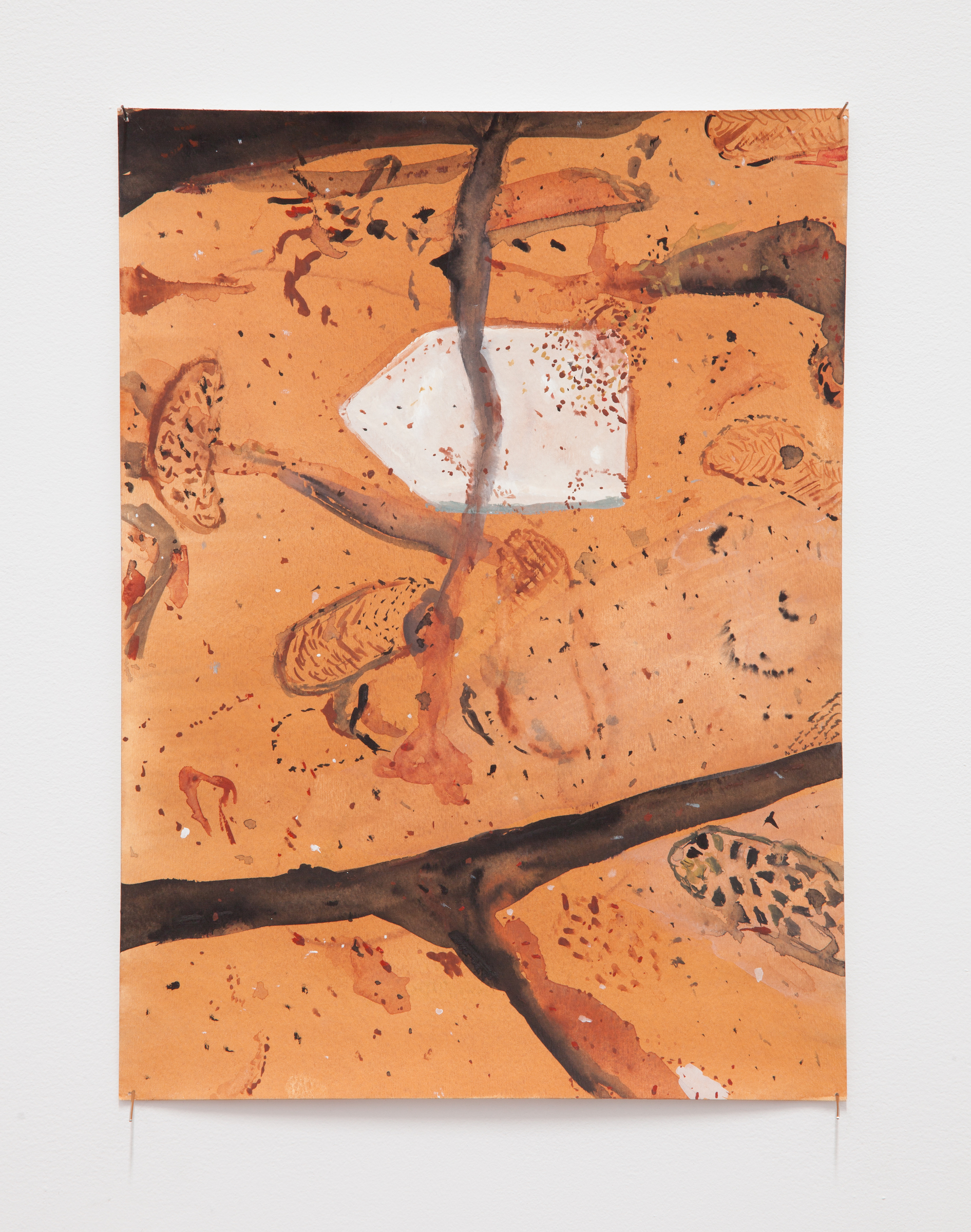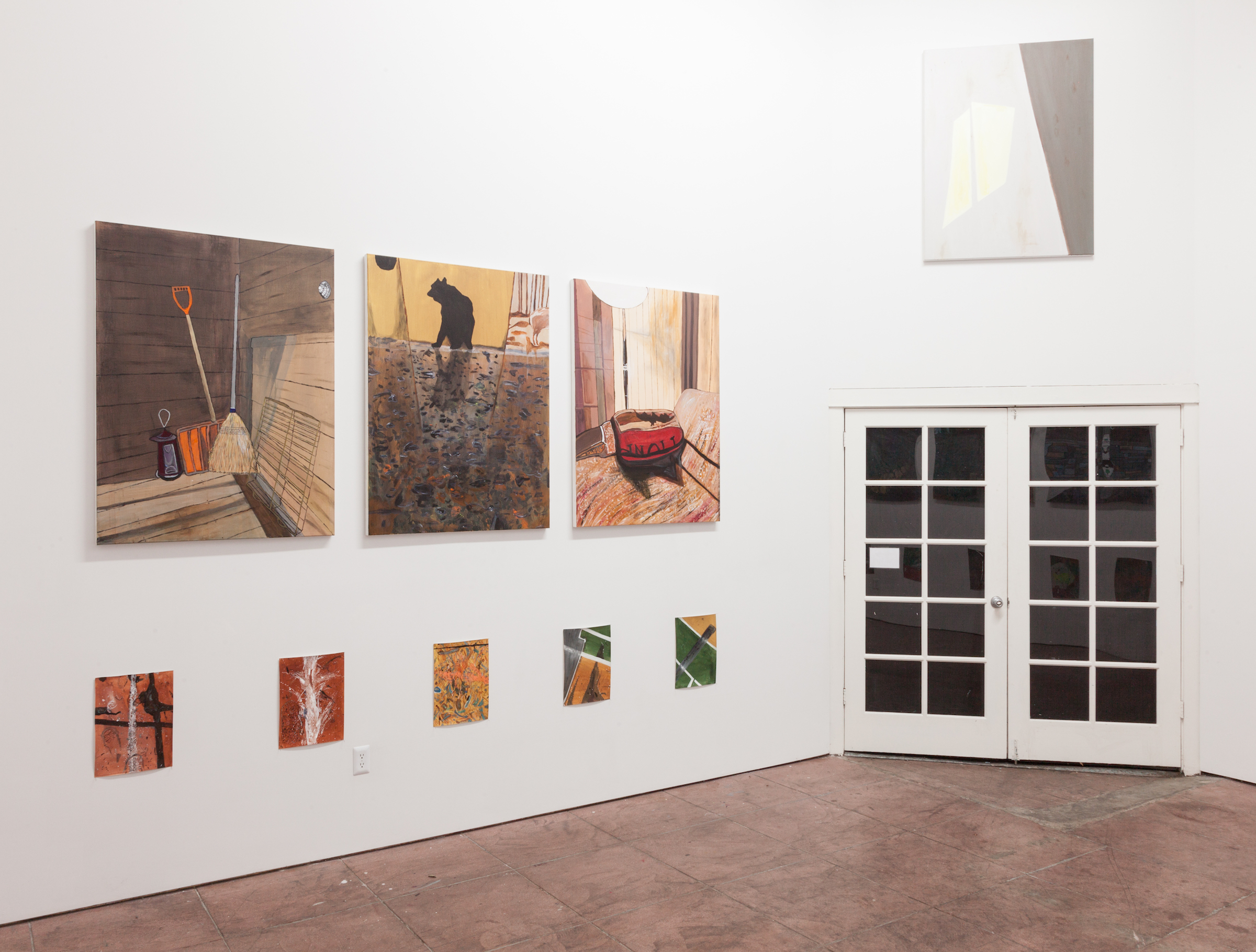It’s seasonal, just like any resort town’s dynamics, and Incline Village is exemplary of that, surrounded by incredible natural beauty, inhabited by millionaires and the service class that caters to them, between the gorgeous lake and the majestic mountains. Starting with winter, from November through April, inside and home: the blanket with the bat-shape (but actually a Native American form) on the couch, the four-inch high bear figurine with the deer painting behind it, and the sun on the wall. But more so outside, during the snow covered half of the year, the Ridge Lift (the oldest and coolest chairlift) only runs a few days a season. That morning three feet of new pristine white stuff, sublime, beautiful beyond belief. Quiet as an absolute. Grey as the snowflakes got sparser. Got locked in the hut, the doorknob was broken. Banged on the window but Pete Kelly the director of lift operations took off on his snowmobile without hearing and I was stuck in there for a while but it was ok. A week before another big storm and at 6am walking to work at the ski area saw the happy face someone had carved in the snow on the rock underneath the “Village Highlands” sign. The skis (bought from Pete) leaning up against the employees’ locker room. Working at Diamond Peak, sitting in the lift sheds, thinking, the Eagles on the radio, watching the hawks ride the updrafts, the ski runs unfurling below and the resplendent blue of Lake Tahoe laid out beyond, the chairs going around and around in their inexorable circle. Co-workers drinking purple Rockstar™ energy drinks and Southern Comfort™ at 8am, smoking weed, flying down the slopes wasted. Stand by the lift, put people on the chairlift, and wait for lunch hour to ski. Then spring and summer, the amazing “bowling alley” made of pine cones and twigs found behind the baseball field at Preston Park, and the light at night like a Rene Magritte painting by the deserted tennis courts, the snowmaking cooling equipment seen in June and the shovel and broom on the porch.
During the summer months worked for the parks department. Under my mentor Jose’s tutelage learned to lay down chalk on the baseball fields. Also raked, shoveled, picked up trash, and drove a Gator. From the heights to the earth. Based on the inspection of what is low, what is at one’s feet. The baseball diamond dirt and chalk, the tennis courts’ beige and green, the yellow fiber plugs, the spray paint on the rocks, the manhole cover, the hose that is a hose but also a noose, the stakes and the dirt.
- Jocko Weyland
ocko Weyland (b. 1967, Helsinki, Finland) is the author of The Answer is Never - A Skateboarder’s History of the World (Grove Press, 2002), The Powder and Danny’s Lot (Dashwood Books, 2011 and 2015), and the short story collection Eating Glass, published in 2015 by 1980 Editions in Paris. He started the serial publication Elk in 2003, which spawned Elk books and the eponymous Elk Gallery, where he organized sixteen shows between 2006-11. In New York from 1991 to 2006 Weyland worked as an archivist for the Burns Archive, the Sygma Photo Agency, and The Associated Press Photo Library. More recently he spent a winter as a lift operator at a ski area in Nevada, and prior to that lived in Beijing for two years teaching English and writing a bimonthly column called “Raw China” for Vice Magazine. He currently lives in Tucson, Arizona, where he is the chief curator at MOCA Tucson. He has had exhibitions at Ever Gold, San Francisco, California; FakeSpace, Beijing, China; PG4S, Los Angeles, California; Franklin Parrasch, New York City, New York; Kerry Schuss, New York City, New York. Weyland is represented by Kerry Schuss Gallery.






































